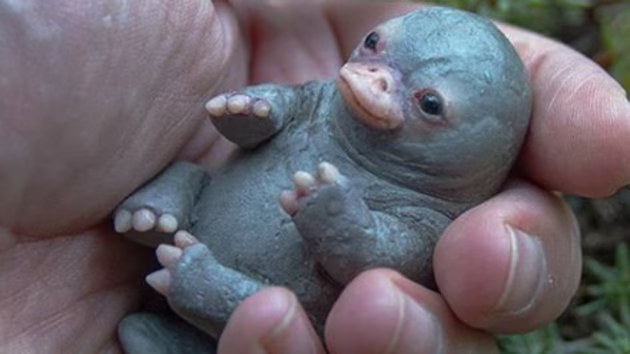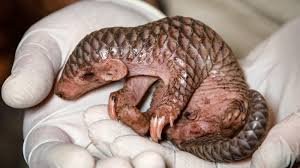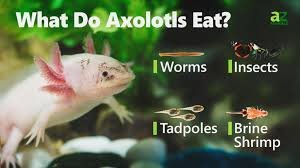
hen and chick
Introduction to Hen and Chick
The hen and chick relationship is one of the most touching examples of maternal care in the animal kingdom. A hen — the adult female chicken — displays a powerful instinct to incubate, protect, and raise her chicks. A chick is a baby chicken that hatches from a fertilized egg and is completely dependent on the hen during the first few weeks of life. This connection is not just instinctual; it is also a cornerstone of natural parenting and survival in birds.
The domestic chicken is believed to have been domesticated over 8,000 years ago. Today, chickens are raised globally for meat, eggs, and even companionship. But aside from farming value, the hen-chick relationship continues to captivate animal lovers, educators, and researchers alike.
The Life Cycle of a Chicken
To fully understand the hen and chick, it helps to examine the life cycle of a chicken. There are five main stages:
- Egg – A hen typically lays one egg a day. If the egg is fertilized, it has the potential to develop into a chick.
- Incubation – Lasting about 21 days, this stage involves the broody hen keeping her eggs warm using her body heat.
- Hatching – After 21 days, chicks begin to peck their way out of the shell using a special part of their beak called an egg tooth.
- Chick stage – The chick emerges covered in soft down feathers and stays close to the hen for warmth, food, and protection.
- Adult stage – Chicks grow into pullets (young females) or cockerels (young males), and eventually become fully grown hens or roosters.
Every stage of this cycle is influenced by the guidance and protection provided by the hen.
Broodiness: A Hen’s Natural Instinct
When a hen becomes broody, she enters a hormonal state where she is driven to hatch her eggs and raise chicks. During this time, she:
- Sits on the nest constantly for about 21 days
- Rarely leaves except to eat or drink briefly
- Becomes more protective and defensive
- Gently rotates the eggs to provide even warmth
Broodiness is a strong instinct and is particularly common in certain breeds like Silkies and Cochins.
Communication Between Hen and Chick
One of the most fascinating aspects of this bond is the pre-hatch communication. While still in the egg, the chick emits soft chirping sounds. The hen responds with clucking sounds that help calm the chick and guide its timing for hatching.
After hatching, the hen uses distinct vocalizations to guide her chicks:
- A short cluck signals food
- A warning cry alerts them to danger
- A low purring sound calms the chicks and keeps them close
This early communication helps chicks recognize and bond with their mother, while also teaching them essential survival behaviors.
Protection and Teaching Behavior
The hen acts as a guardian and teacher. She uses her wings to cover chicks during cold weather or in times of threat, and she teaches them how to:
- Scratch the ground for food
- Avoid dangers like predators
- Follow the flock structure
The hen also regulates their movement, warmth, and sleep cycles. This natural learning is crucial during the first few weeks of life.
Raising Chicks Without a Hen
In many commercial farms or backyard setups, chicks are raised without a hen. In such cases, humans must replicate the hen’s role using:
- Brooders – Warm enclosures that keep chicks at the right temperature
- Starter feed for nutrition
- Constant monitoring for health and safety
While this method is effective for larger-scale poultry production, it lacks the behavioral and social development that comes naturally when chicks are raised by a mother hen.
Cultural and Symbolic Significance
The hen with her chicks has deep symbolic meaning in various cultures and religions. It represents:
- Motherhood and nurture
- Protection and warmth
- Unselfish love and guidance
In Christian tradition, the hen is used as a metaphor for divine protection, such as in the Bible verse where Jesus says: “How often I have longed to gather your children together, as a hen gathers her chicks under her wings.”
In folklore, the hen is also a symbol of fertility, loyalty, and home life.
Educational Value for Children
Many schools and educational farms use chick-hatching as part of interactive learning. Watching a hen care for her chicks teaches kids:
- Responsibility and empathy
- Animal behavior and communication
- Biological processes like hatching and growth
It’s an excellent hands-on way to connect children with natural life cycles and ethical animal care.
Breeds Known for Good Mothering
Some chicken breeds are more naturally inclined to become broody and make excellent mothers:
- Silkie – Gentle, affectionate, and often broody
- Orpington – Calm and nurturing
- Cochin – Large and able to cover many eggs
- Old English Game – Fiercely protective and alert
Choosing the right breed is key if you plan to raise chicks naturally.
Challenges in Natural Chick Rearing
While the hen-and-chick relationship is beautiful, it comes with some challenges:
- Predators like snakes, hawks, or cats may attack chicks
- Injuries can happen if the hen accidentally steps on a chick
- Disease such as coccidiosis can spread quickly in damp, dirty environments
Maintaining a clean coop, predator-proof enclosures, and monitoring health are all essential for successful natural rearing.
Conclusion
The hen and chick relationship is a powerful symbol of nature’s design — where love, protection, and learning come together for survival. Whether you’re a farmer, a backyard chicken keeper, a teacher, or just someone fascinated by animals, understanding this bond can enrich your appreciation of life, motherhood, and instinct.
From egg to hatchling to fledgling, the hen stays close — teaching, guarding, and guiding her chicks every step of the way. It’s a relationship worth observing, respecting, and learning from.






